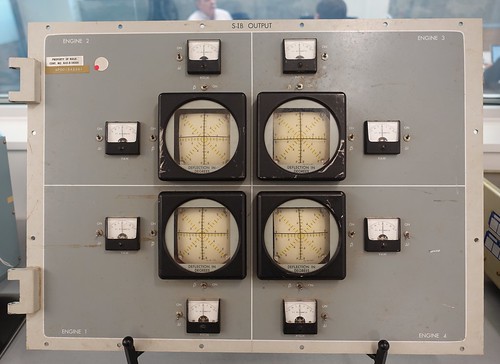The Y chromosome is disappearing. Here’s what it means for men
X and Y #XandY

Sex determination at birth is decided on the chromosomes the baby has. A female has two X chromosomes, whereas a male has one X and one Y chromosome.
According to Medline Plus, in every cell, humans possess 23 pairs of chromosomes, among which the sex chromosomes constitute one pair. The X chromosome, comprising roughly 155 million DNA base pairs, makes up around 5% of the total DNA in cells.
The Y chromosome extends over more than 59 million DNA building blocks (base pairs) and accounts for nearly 2% of the total DNA found in cells.
However, according to The Conversation, the Y chromosome is degrading at a concerning rate.
What is happening the Y chromosome?
The Conversation notes that there’s been plenty of changes to the Y chromosome over the years.
Our sex chromosomes were originally a pair of typical XY chromosomes, a trait still observed in birds and reptiles. Even in metronome mammals, like platypuses and echidnas, XY chromosomes are ordinary.
Within the last 166 million years, the human Y chromosome has lost most of its 1,600 genes at a rate of nearly 10 per million years. At this pace, the Y chromosome is expected to vanish in about 4.5 million years.
This isn’t unexpected, according to The Conversation. It’s common for sex chromosomes to break down over time. “Acquisition of a gene that determines sex is the kiss of death for a chromosome, because other genes nearby on the Y evolve a male-specific function, and these genes are kept together by suppressing exchange with the X.”
This means the Y chromosome can’t swap out bad DNA with the X chromosome, making it hard to eliminate mutations, deletions or bad DNA.
“The poor Y chromosome is also at a disadvantage because it is in the testis every generation,” The Conversation continues. “This is a dangerous place to be because cells must divide many times to make sperm, so mutations are much more frequent.”
What has happened to animals’ Y chromosomes?
Some species of mole voles in eastern Europe and spiny rats in Japan have witnessed the complete disappearance of the Y chromosome and SRY gene, which helps determine the male sex in certain populations of animals. In these species, the X chromosome remains, existing in either a single or double dose in both males and females, per Science Alert.
In a study published by PNAS, Hokkaido University biologist Asato Kuroiwa and her team uncovered that most genes originally on the Y chromosome of spiny rats have relocated to other chromosomes. However, they had difficulty finding the SRY gene.
In 2022, they successfully identified DNA sequences present in male rats and not females. After studying the sequences closely, they also discovered a small difference near the gene called SOX9. This gene tells the body how to make a protein important for developing testes, per the study.
The scientists believe that this extra piece of DNA is like a switch that turns on SOX9, even without the SRY gene. To test their idea, they put this extra DNA into mice and found out that it made SOX9 work better.
This means that even without SRY, SOX9 can still do its job, thanks to this little piece of extra DNA, according to the study.
Is there hope?
The Conversation notes biologist David Page’s team from Boston are strong advocates of the Y chromosome lasting.
They emphasize that while chimpanzees have lost some genes since humans and chimps shared a common ancestor 5 million years ago, humans have not experienced significant gene loss. In fact, over the 25 million years since humans diverged from monkeys, humans have lost very few genes.
“There are genes on the Y chromosome that are active throughout every nook and cranny of the body. The skin, the blood, the brain, the lungs — you name it. They look to be sort of global entrepreneurs within the human genome. They are sort of master regulators,” Page said to NPR.
However, Jennifer Graves, a geneticist from La Trobe University told NPR, “I don’t think that one can assume that just because they’re there and they do something useful they’ll be there forever and ever. A small accident could tip it over the edge, or the evolution of a new sex-determining system that works better.”
If the Y chromosome changes, will there be less disease found in men?
Jan Dumanski, of Uppsala University in Sweden, told NPR that there may be a link between the Y chromosome and cancer.
“It’s making us men, but also causing us some trouble when we are getting older,” he said to NPR.
However, a review, published by the National Library of Medicine, found the loss of the Y chromosome could also create an increased risk of developing Alzheimer’s disease, cancer and cardiovascular disease.
Related
This research does not include health data on what would happen if the genes on the Y chromosome relocate to another chromosome, like the Kuroiwa’s spiny rats study.
What if it doesn’t stabilize?
While reproduction would currently be difficult if there were no more men, as The Conversation notes, 4.5 million years is a long time. Since we’ve been recognized as humans for less than 100,000 years, there’s no need to worry.
Additionally, there are numerous potential scenarios in which our species is likely to face extinction long before the Y chromosome disappears.